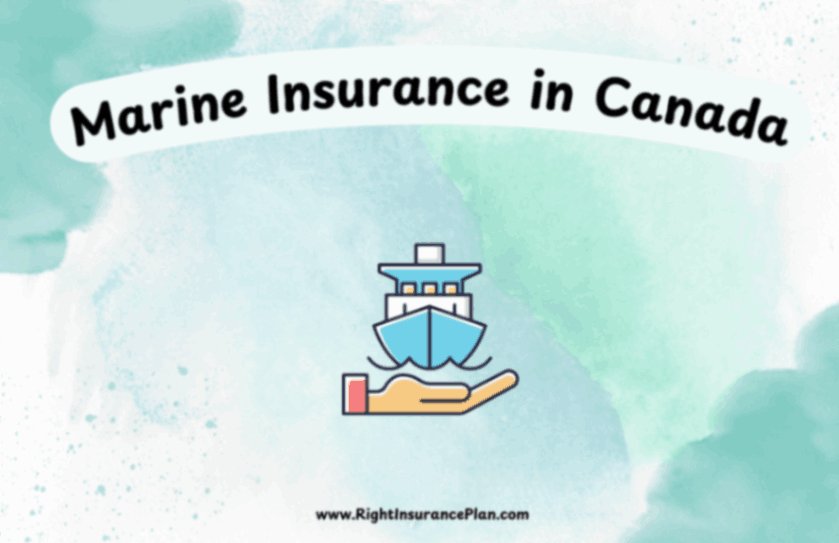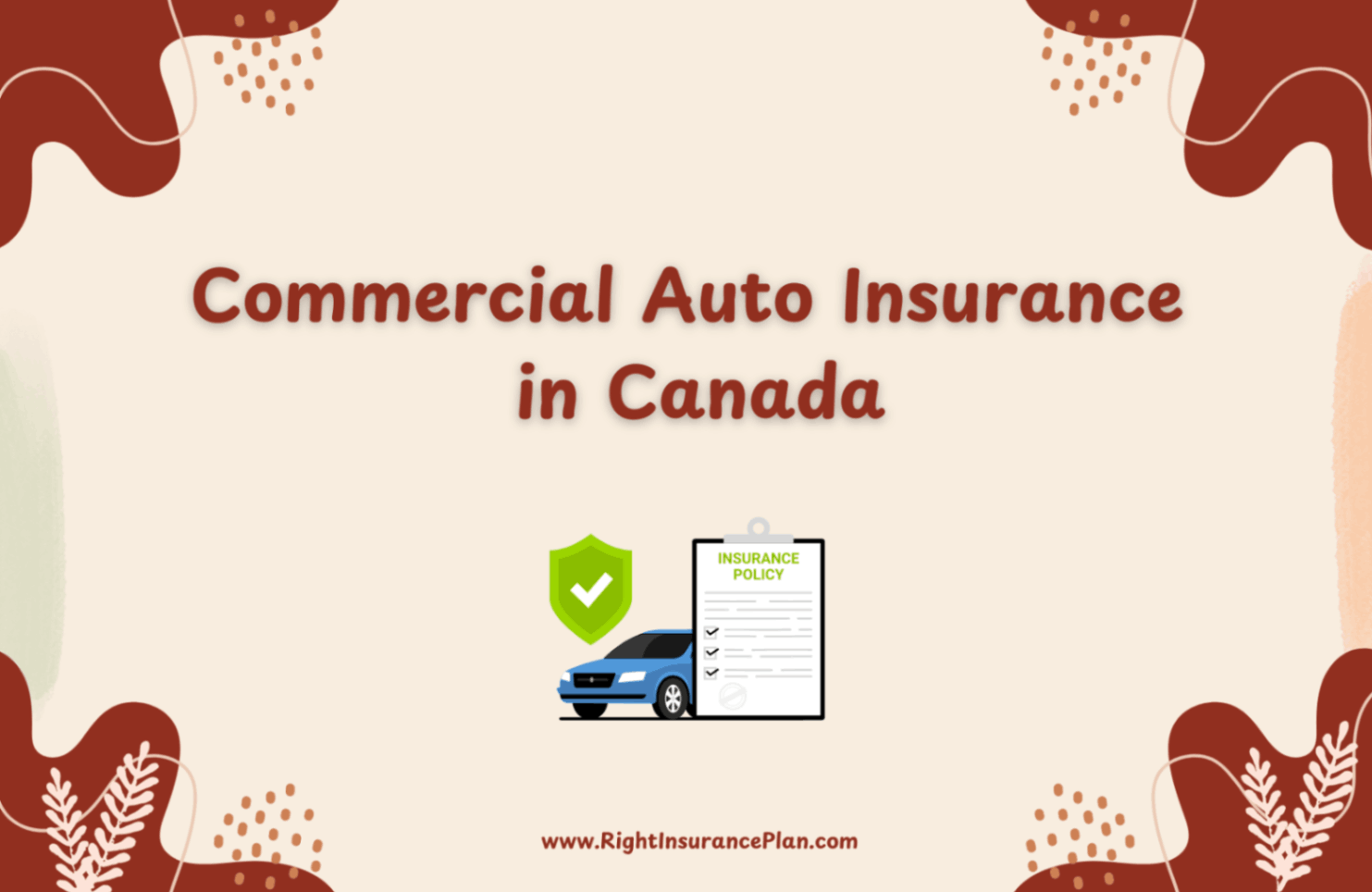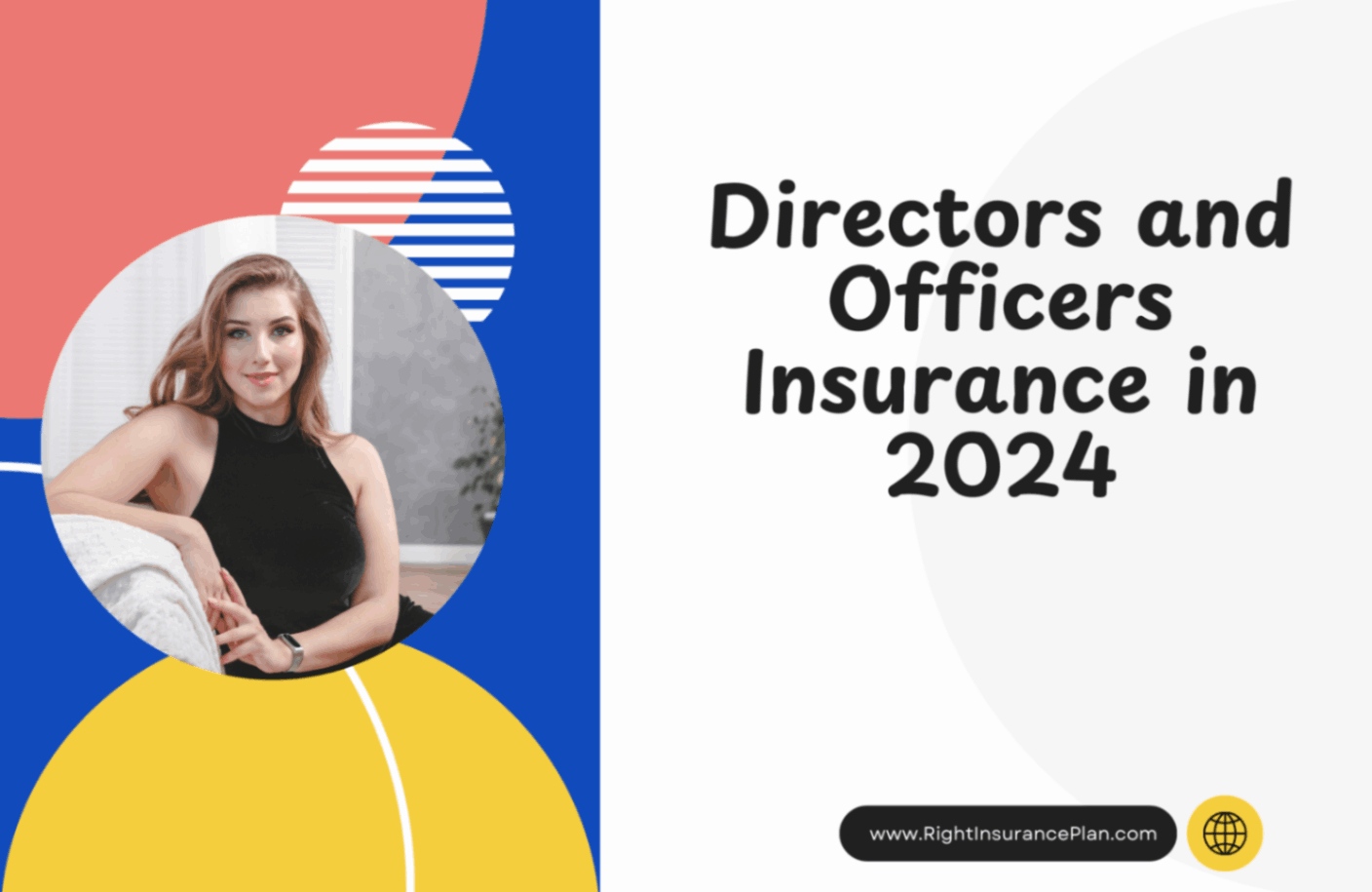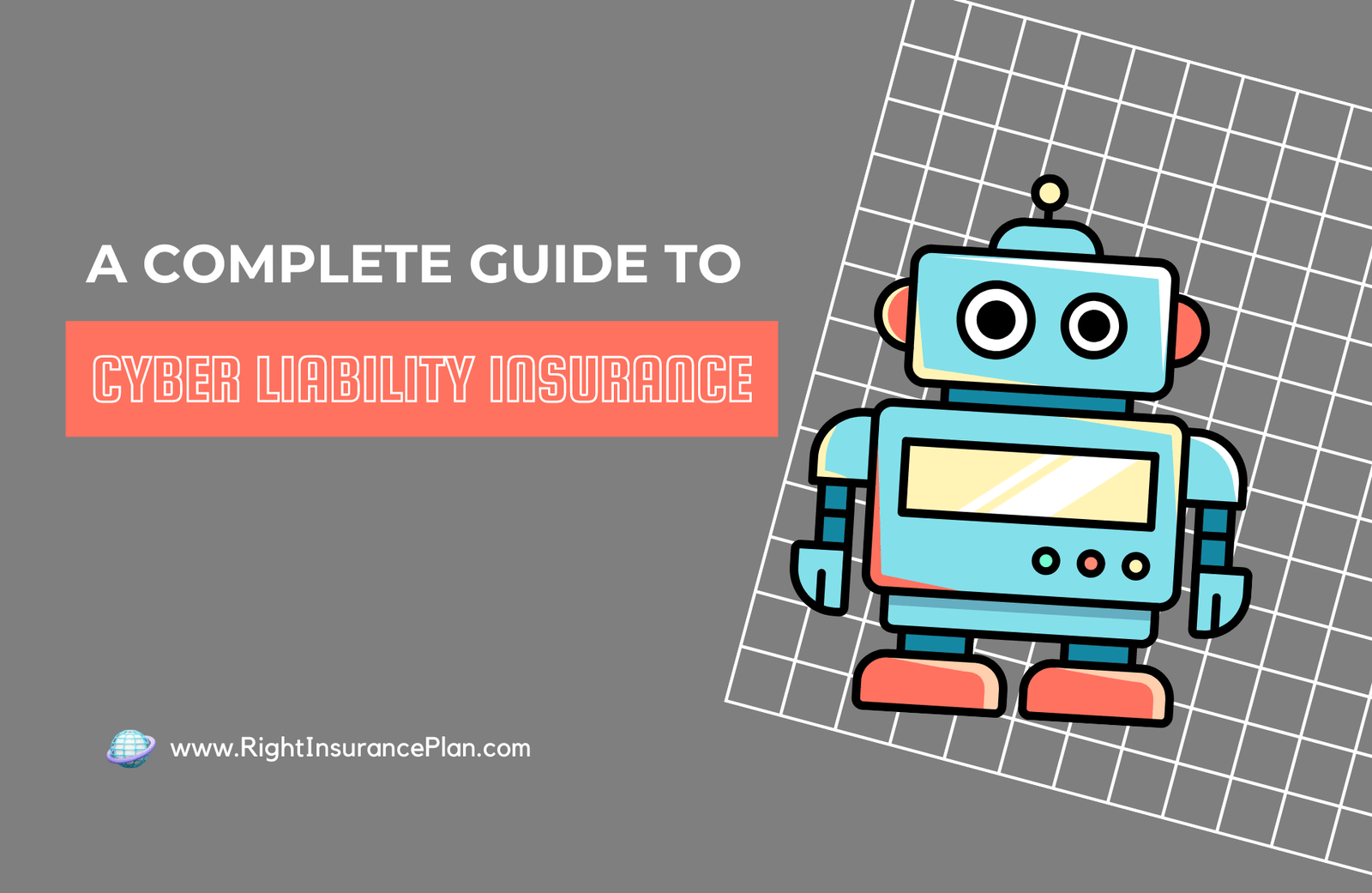
Maternity Leave and Benefits in Canada
Becoming a parent is one of the most exciting and rewarding experiences in life, but it also comes with a lot of new responsibilities – and costs. Fortunately, Canada has some robust maternity and parental leave benefits to help support new parents during those first precious months with their newborn.
In this blog post, we'll cover all the key details about maternity and parental leave benefits in Canada, including who is eligible, how much you can receive, and how to apply.
The Basics of Maternity Leave and Parental Leave in Canada
In Canada, there are two types of leave available for new parents through the federal Employment Insurance (EI) program:
Maternity Leave: This refers specifically to the period of leave taken by the birth mother around the time of childbirth, up to 15 weeks.
Parental Leave: This refers to leave taken by either parent (including adoptive parents) to care for their newborn or newly adopted child. It can be taken by one parent, or shared between both. A total of 35 weeks of parental leave benefits are available, or 61 weeks if shared.
In total then, a birth mother could take up to 50 weeks of combined maternity and parental leave paid through EI benefits.
Who is Eligible?
To qualify for maternity and parental leave benefits through the Employment Insurance program, you must meet these criteria:
- You were employed in insurable employment.
- You meet the required number of insured hours in the last 52 weeks or since your last EI claim (600 hours for most people).
- Your normal weekly earnings are decreased by over 40%.
- You apply and provide documentation to Service Canada.
The amount of benefits you receive is based on your prior earnings, up to a current maximum of $638 per week for 2023. While on leave, your position is protected, and your employer must allow you to return to the same job or a comparable one when your leave ends.
How Maternity and Parental Benefits Work
Maternity benefits can be paid as early as 12 weeks before your due date and must be paid within 17 weeks after the week you gave birth (or if your baby is hospitalized, within 17 weeks after the week you are released from the hospital). New parents have some flexibility in choosing when their parental leave begins.
There are two options for parental benefits:
Standard parental benefits: For a maximum period of 35 weeks at the weekly benefit rate, to be taken over 12 months.
Extended parental benefits: For a maximum period of 61 weeks at 33% of the weekly benefit rate, taken over 18 months.
Parents can share these parental leave weeks however they choose. For example, one parent could take the full 35/61 weeks, or they could split the time. It's flexible to allow families to make the arrangement that works best for their situation.
Parental leave doesn't have to be taken all at once either. Parents can take it in increments, as long as it's taken within specific timeframes (12 months for standard benefits, 18 months for extended). A parent could choose to return to work on a part-time basis for a period, extending their parental leave over a longer span.
In addition to EI benefits, some provinces offer supplemental benefits during parental leave. Quebec has its own Quebec Parental Insurance Plan, and other provinces like Ontario and Saskatchewan have additional allowances for new parents.
This is how Maternity and Parental Benefits work in Canada.
Tips for Applying
To ensure you receive your full maternity and parental leave benefits with minimal delays, follow these tips when applying:
- When you stop working, apply for benefits right away. You can apply for parental benefits up to 12 weeks before your due date or the date you plan to start parental leave.
- Have the necessary documentation ready, including your labor and birth details from your doctor or midwife (for maternity benefits) or records of the pregnancy or adoption (for parental benefits).
- Understand your "best weeks" for the calculation of benefit amounts based on your highest earnings.
- Ensure you meet the number of insured hours, or accumulate any missed hours before your due date if possible.
- Name both parents on the application if sharing leave, and specify the weeks each parent plans to take.
The Government of Canada website provides full details on the application process for clarity.
Maternity Leave Top-Up Plans
Many companies also offer "top-ups" to supplement the EI maternity and parental leave benefits. A top-up plan means the employer covers all or part of the difference between an employee's EI benefits and their regular salary for a while.
Top-up amounts, duration, and eligibility criteria vary by employer. Many require you to pay into the plan during your employment to be eligible. However, a maternity leave top-up can provide significant financial assistance during your leave, ensuring a higher percentage of your regular income is covered.
If you're a new parent, reviewing your company's maternity leave top-up policy should be part of your pre-leave planning. It's an important benefit to understand and take advantage of if available.
Work and Childcare After Leave
Once maternity and parental leave benefits end, many new parents face the challenges of balancing work and childcare responsibilities. While this blog focused on leave benefits, it's wise to start looking into full-time childcare options well in advance of your scheduled return to work & other special circumstances.
Some tips for easing this transition:
- Research daycare facilities, nanny services, or in-home daycares near your home or office early to get on waitlists.
- Ask your employer about options for flexible schedules or part-time work until childcare is secured. Even a few additional months can make a difference.
- Understand rights around nursing and lactation rooms in your workplace.
- If a family member will provide childcare, discuss schedules and expectations ahead of time.
- Look into any tax credits, childcare benefits, or subsidies you may qualify for in your area.
The transition back to work is undoubtedly an emotional time for new parents. Having childcare lined up that you feel comfortable with can provide huge peace of mind.
The Bottom Line
Maternity and parental leave benefits in Canada can seem daunting, but armed with the right information and planning, the process doesn't have to be overly stressful.
The benefits available through Employment Insurance, combined with parental top-ups or provincial allowances, provide new parents in Canada with valuable income assistance during those first precious months at home with their baby.
If you're expecting or planning to have a child soon, we hope this overview gives you a clear understanding of the maternity leave and benefits available to you. Wishing all new parents the very best in this exciting chapter!
You can also check the information regarding Critical Illness Insurance
FAQs:
Q: How much maternity/parental leave pay can you receive from Employment Insurance (EI)?
For 2023, the maximum weekly EI benefit rate is $638. This is calculated as 55% of your average weekly insurable earnings, up to a yearly maximum insurable amount ($64,000 in 2023).
Q: How many weeks of EI maternity and parental benefits can you receive in total?
Eligible birth mothers can receive up to 50 weeks of combined maternity (15 weeks) and standard parental (35 weeks) leave benefits. For extended parental benefits, it's a maximum of 76 weeks total.
Q: Do you need to take maternity and parental leave all at once?
No, you can take your leave in increments as long as it falls within the benefit period (12 months for standard parental, 18 months for extended). Many parents transition back to work gradually.
Q: Can your partner and you share the parental leave weeks?
Yes, parental leave benefit weeks can be shared between parents in whatever arrangement works best for your family situation.
Q: How do you qualify for maternity/parental EI benefits?
You must have worked 600 insured hours in the last 52 weeks, your weekly earnings must have decreased by over 40%, and you need to apply to provide documentation.
Q: How soon can you apply for maternity/parental benefits?
For maternity benefits, as early as 12 weeks before your due date. For parental benefits, any time in the period after you've stopped working and before your benefits need to start.
Q: You’re self-employed. Can you access EI maternity/parental benefits?
Self-employed people can opt-in to the EI program by paying premiums and may be eligible if they have accumulated enough insured hours.
Q: Do maternity/parental benefits need to be paid back?
No, EI maternity and parental benefits are funded by EI premiums and do not need to be repaid.
Q: Are maternity benefits taxable?
Yes, EI maternity and parental benefits are considered taxable income. Tax deductions are not made at source, so you may need to plan for owing taxes.
Q: What if your employer offers a maternity leave top-up plan?
Top-up plans paid by your employer allow you to receive some portion of your regular salary in addition to EI benefits during your leave period.
Q: Is parental leave job protection guaranteed?
Yes, in most cases your job is protected under labor laws while on EI maternity/parental leave, and your employer must allow you to return to the same or a comparable role.



